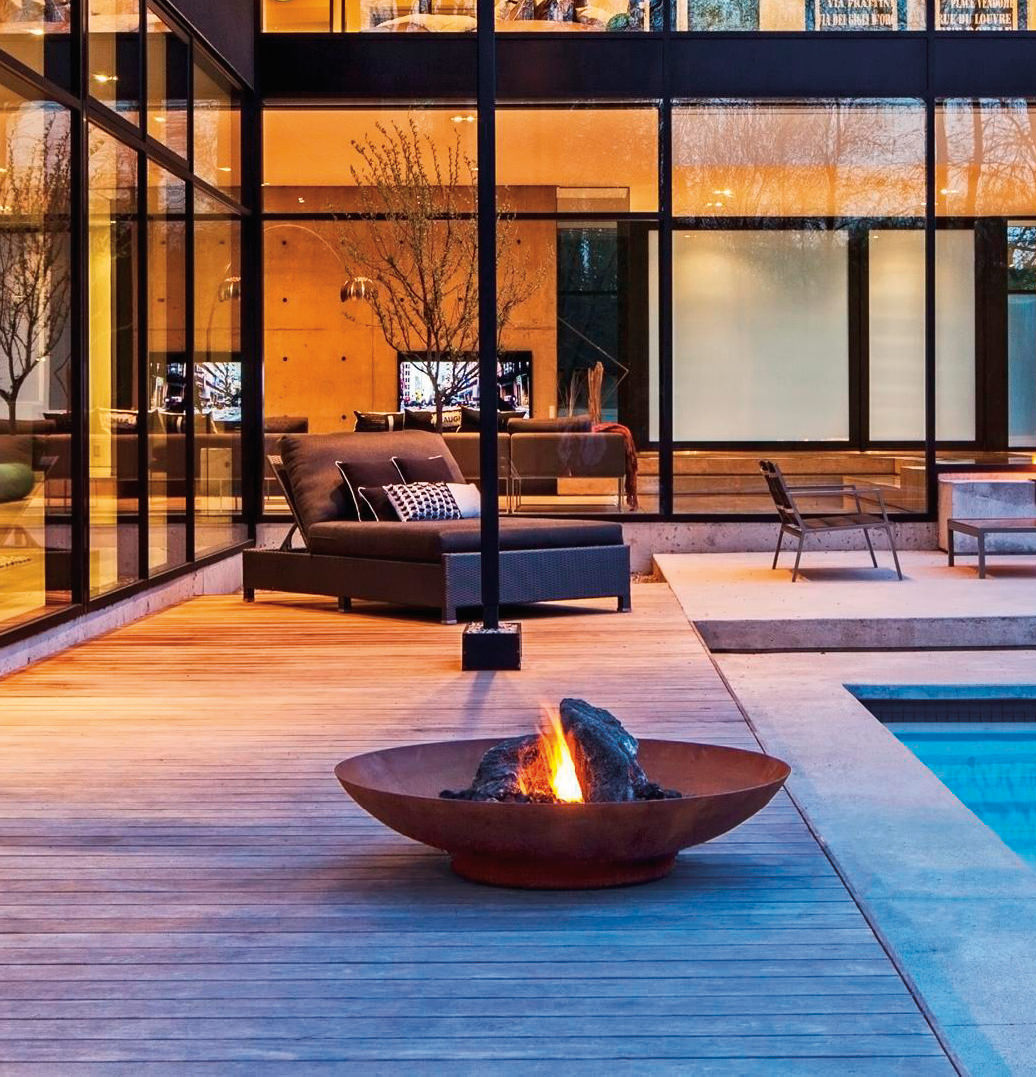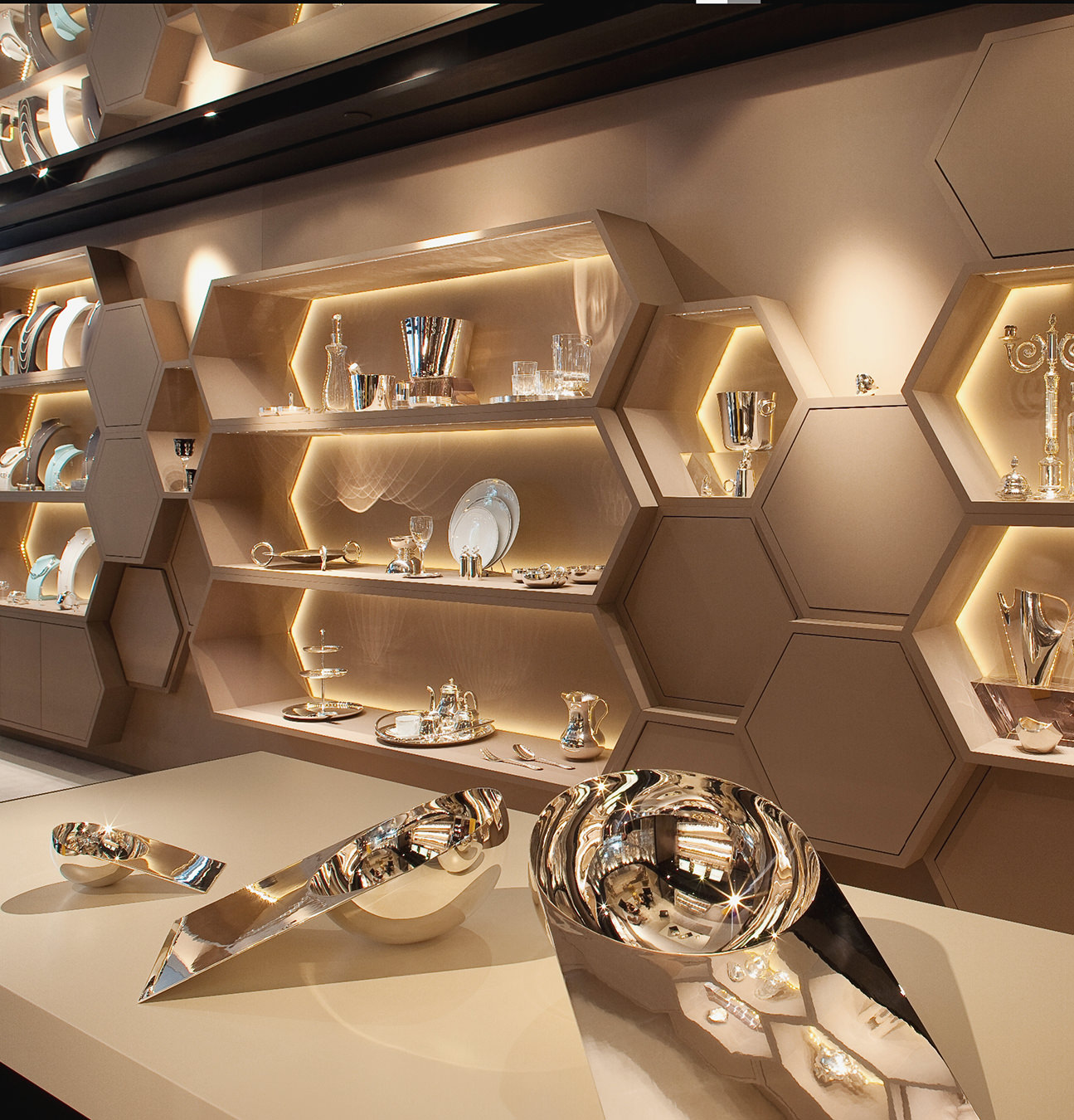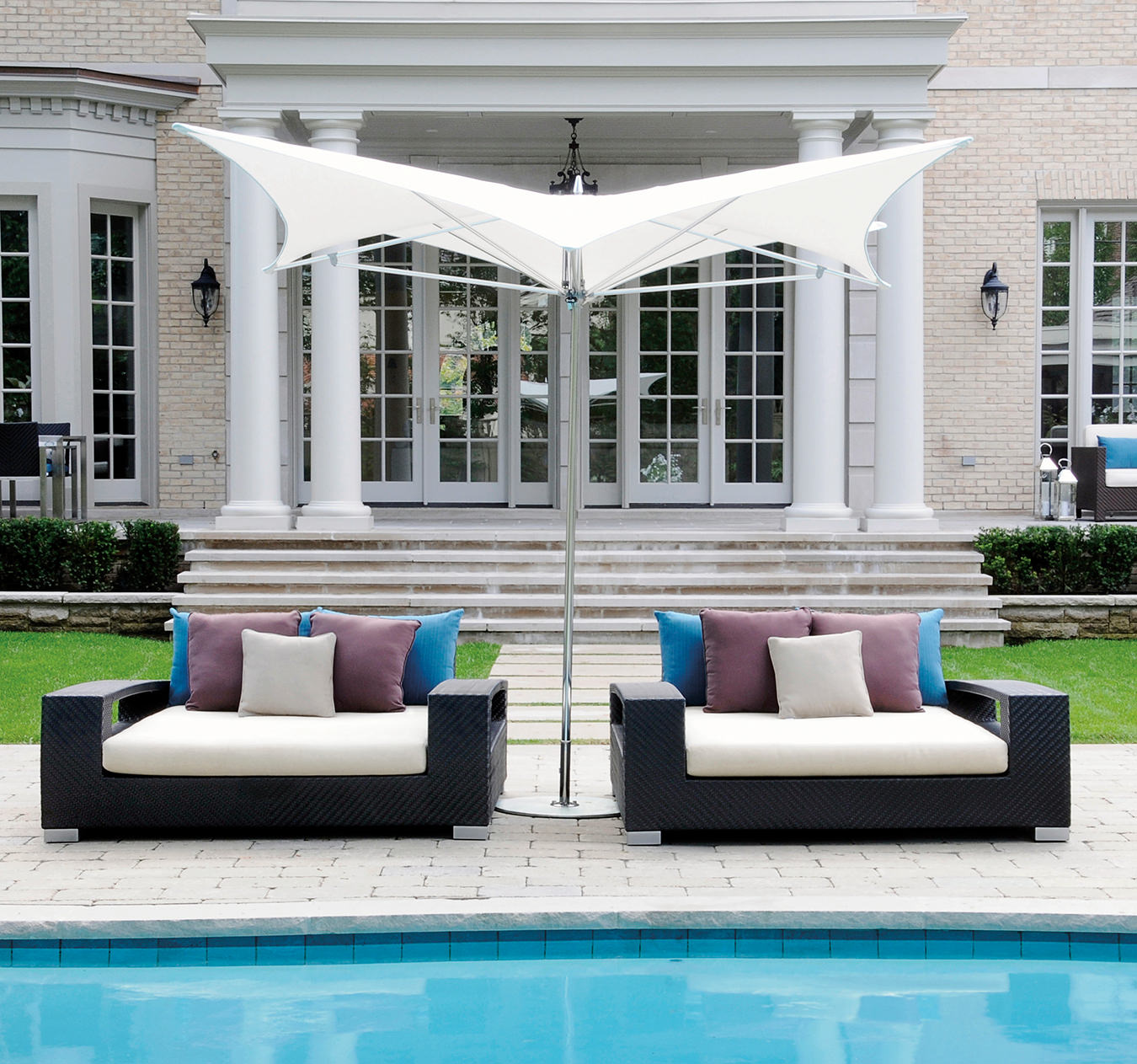-

The B2 Kitchen Tool Cabinet, part of the Kitchen Wardrobe line.
-
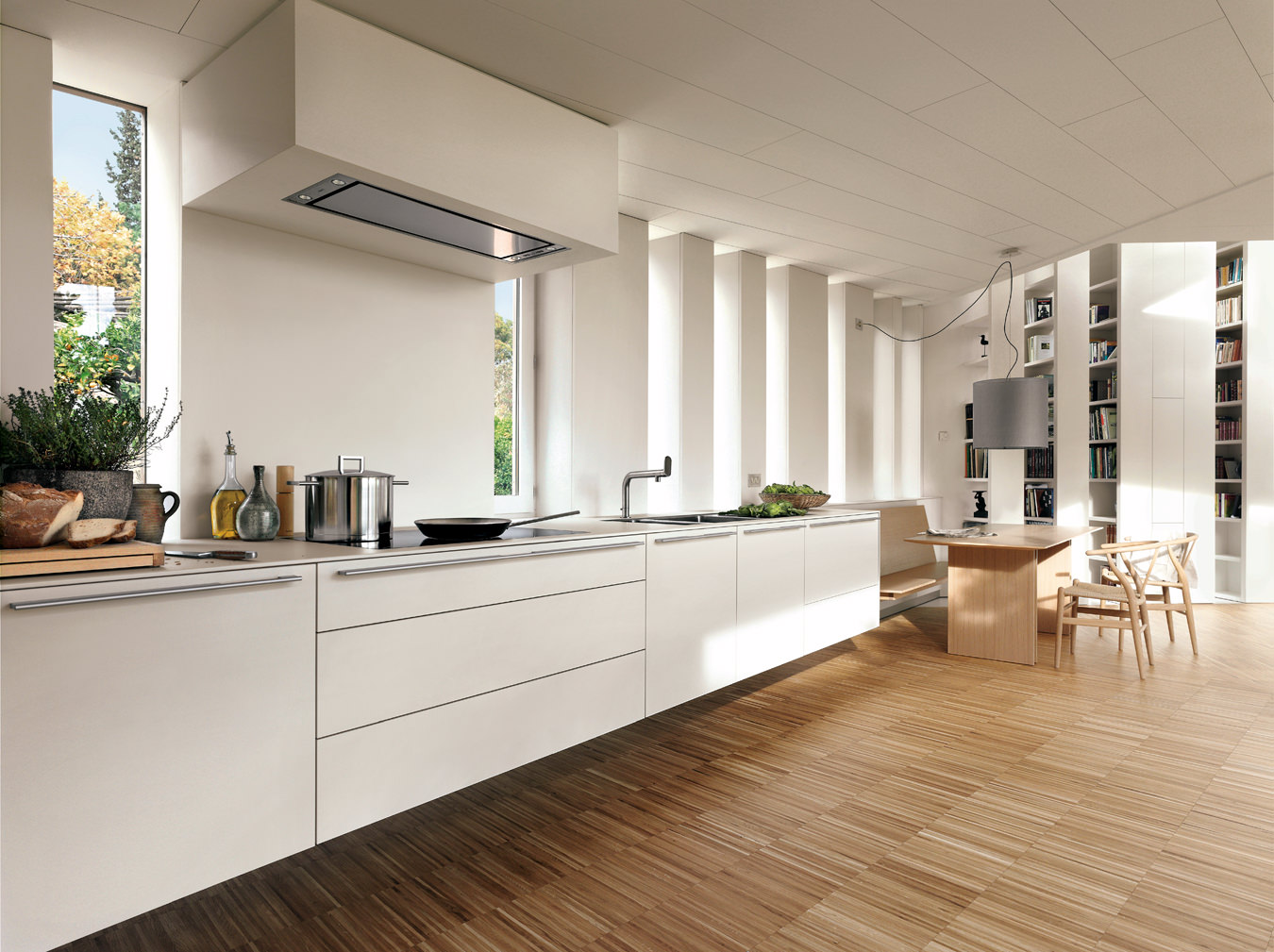
The minimal aesthetic of Bulthaup: Barcelona.
-

The B3 kitchen.
-
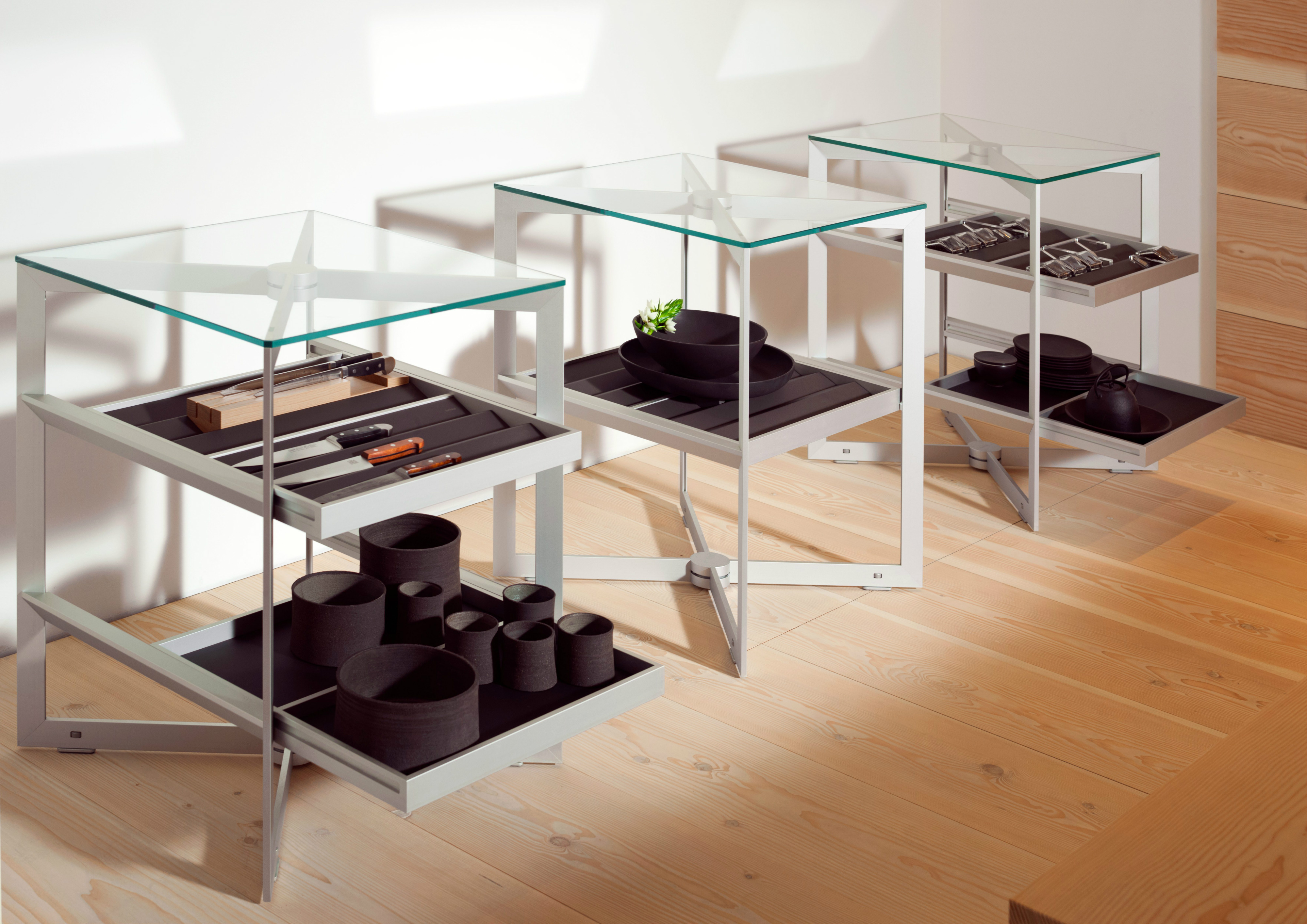
The Bulthaup Solitaires debuted at Salone Internazionale del Mobile di Milano in 2014.
The Beauty of Bulthaup
Quiet riot.
On a warm afternoon, the 1,900-square-foot Toronto showroom for Bulthaup, the German kitchen brand, is bathed in a painterly light, where quietly masterful pieces—a solitary workbench, a snowy slab of an island—look like sculptural contents in a modernist museum. None of the kitchen components are colourful or fussy. Hues are muted in tones of white, walnut, and honey and the hardware is sturdy, simple, and architectural. Bulthaup has been making such functional and aesthetically superlative kitchens since 1949, when Martin Bulthaup started engineering the modular systems in the pretty village of Aich, Bodenkirchen. “Bulthaup has always been focused on design and has manufactured without compromise,” says Stefan Sybydlo, principal owner of the Bulthaup Toronto showroom, which celebrated a decade on King Street East last year. “The level of detailing is the best. Bulthaup goes a little further, a little thinner.” (There are two Bulthaup showrooms in Canada—in Toronto and Vancouver—with plans to open in Calgary, as well.)
Even when the brand has gotten radical, it’s with rigorous restraint. The B2 Kitchen Tool Cabinet (part of the Kitchen Workshop line), for example, looks like a large wardrobe but is amazingly functional. Influenced by a carpenter’s workshop, where all of the tools are spread out for ease of use, the cabinet displays its contents so that everything is visible at a glance when the doors are pulled open, revealing a compact array of cook’s essentials coolly laid out on hooks, shelves, and in boxes; square lidded containers filled with dried pasta and rice sit suspended on racks. “This piece would be great in a cottage or ski chalet,” Sybydlo says. “You come for the weekend, and you close it up when you’re leaving.” He swiftly does so, but not before clipping one of the containers holding rice onto one side of a counter. The design smartly frees the surface for cooking. The counter itself is iconic. Called the Kitchen Workbench in Bulthaup parlance, it has a sleek cooktop and a sink. A few modern art galleries have even retained the B2’s predecessor in their permanent collections.
“The DNA of Bulthaup is we always try to reinvent the kitchen; we challenge the status quo,” says CEO and co-owner Marc O. Eckert—whose grandfather founded the company—over the phone from Germany. “Before introducing the Workbench, kitchens were always built in the wall. We asked, ‘Why should a cook stand with his or her face staring at the wall?’ Cooking is about communicating,” he says, before telling a tale about Bedouins, who would gather around the fire to share stories and sustenance. The party still starts and ends near fire. “Food is a transcultural denominator that connects different cultures. The kitchen is where comedy and tragedy happens.”
But kitchens are nothing without the people who inhabit them. They need to be curated and personalized, Eckert notes. This is the impetus behind Bulthaup’s Solitaires, which debuted at Salone Internazionale del Mobile di Milano in 2014. Essentially a collection of side tables, with the option of added box-like elements to contain items, they can be placed adjacent to a kitchen. Some are vitrines, lending a jeweller’s-case quality to a cook’s goods, or they’re open on all sides. “In a typical built-in kitchen everything is hidden behind a cupboard, and you don’t see those personal belongings you love,” Eckert says. “Maybe it’s a nice knife you bought in Japan at a fish market.” With Solitaires, you can display your beloved trinkets, “like a memory box.”
It’s rare for Bulthaup to introduce a new line as designs are classic and only marginal improvements are made over time. (Talk about confidence.) “We have one door handle or we have no door handle,” Eckert says. “We have only one style of panel and not 27 different styles.” Each component must be perfect, he says. There’s a chief veneer expert whose sole role is to get the wood graining right, for instance. There’s also a lacquer master. What you won’t see anytime soon, however, is a technology guru. Eckert is not interested “in putting touchpads into our furniture.”
As he puts it, we are “living in a digitized world, where we are in a permanent hurry.” He adds, “We have a deep longing for an analogue place to digest wine, cut tomatoes, make pasta. In the iPad world, you cannot create, you can only touch a cold surface, but in the kitchen you have wood, you have natural materials, you have life.”


